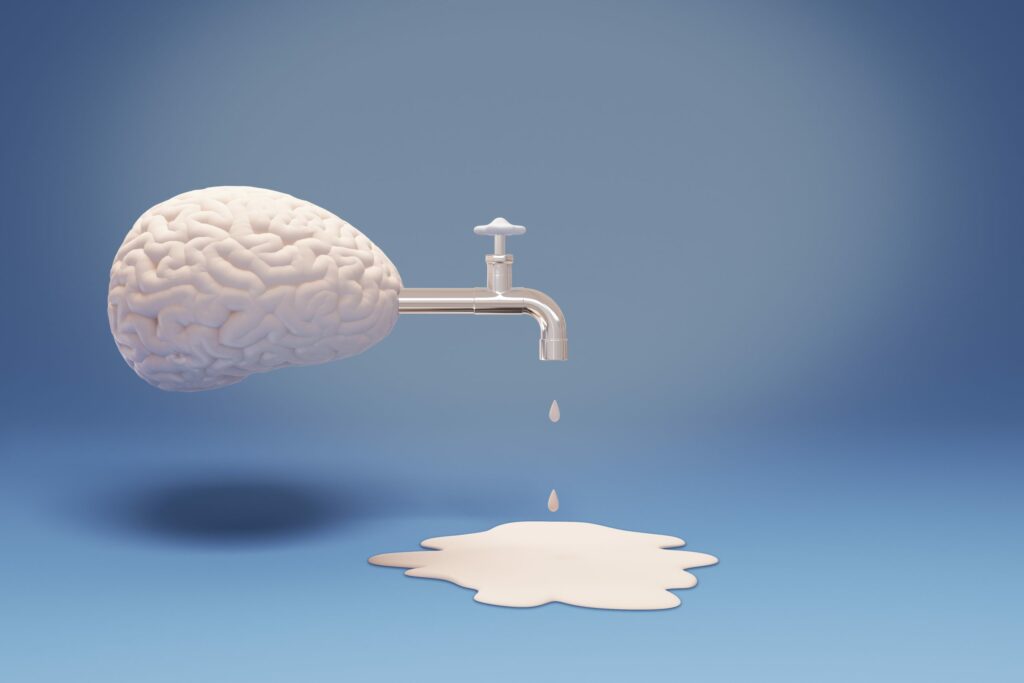Researchers from Washington University in St. Louis and the National Institute of Neurological Disorders and Stroke (NINDS) discovered a connection between the brain and its protective layer, the dura mater. This finding challenges the belief that the brain is isolated from external influences, suggesting instead that waste fluids may exit the brain into the dura mater, potentially exposing the brain to immune cells and signals.
Daniel S. Reich, M.D., Ph.D., a leading figure at NINDS, alongside Jonathan Kipnis, Ph.D., a prominent professor at Washington University, spearheaded this innovative research. Their collaborative efforts unveiled new insights into the brain’s waste removal system, comparing it to a household’s sewage system that connects to a larger city sewer network. This analogy helps to conceptualize how waste fluid exits the brain and enters the body’s lymphatic system.

The research teams employed advanced imaging techniques to explore this phenomenon. Reich’s group utilized high-resolution magnetic resonance imaging (MRI) to study the connection between the brain and the body’s lymphatic systems in human subjects. They injected participants with gadobutrol, a magnetic dye, to visualize the brain’s blood vessels and examine potential disruptions in the blood-brain barrier. Meanwhile, Kipnis’s team conducted parallel experiments in mice, using live-cell and microscopic brain imaging techniques to trace the movement of fluid through the brain’s barriers.
Both sets of researchers observed that fluids could pass through specific sites, which they termed “arachnoid cuff exit (ACE) points.” These points are located where blood vessels cross the arachnoid barrier into the dura mater. They act as selective gateways, allowing the passage of fluid, molecules, and even some cells between the brain and the dura, without permitting a complete mixing of the two environments.
This mechanism of waste fluid transition has significant implications for understanding diseases such as Alzheimer’s, where the accumulation of disease-causing proteins is believed to be linked to impaired waste clearance. By drawing parallels to a clogged drainage system, Kipnis emphasized the importance of maintaining clear ACE points to ensure efficient waste removal from the brain.
Furthermore, the study delved into the role of ACE points in the immune system’s interaction with the brain. Experiments in mice demonstrated that when the immune system was induced to attack the brain’s myelin, immune cells congregated around ACE points. This interaction led to the breakdown of these points over time, suggesting a mechanism through which the severity of such diseases could be modulated.
Additionally, the researchers noted a correlation between the age of participants and the leakiness of ACE points. In older individuals, there was more dye leakage, indicating a potential degradation of these points with age. This observation ties into broader discussions on how aging and the disruption of barriers between the brain and the immune system could influence the risk of developing neurodegenerative diseases.
This research marks a significant step forward in our understanding of the brain’s waste removal system and its implications for aging and disease. It opens up new avenues for exploring how the interaction between the brain and the immune system can affect the development of neurodegenerative diseases, highlighting the need for further research to fully unravel these complex mechanisms.






